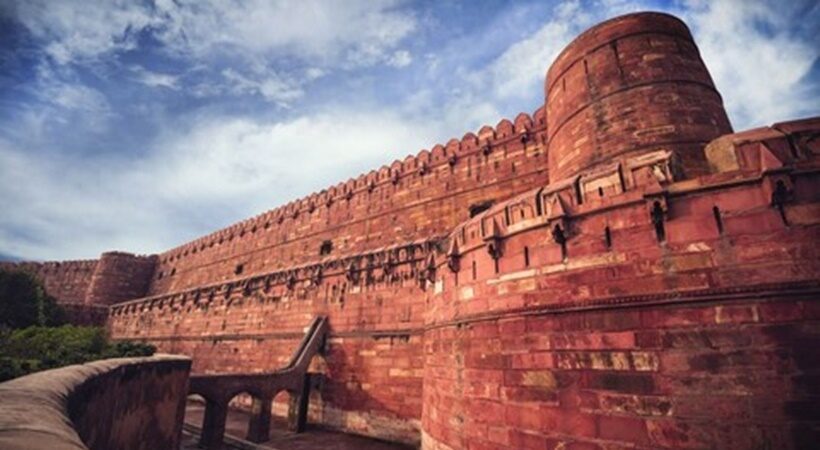A World Heritage Site can be understood as a landmark or an area with legal protection granted by an international convention by the United Nations Educational, Scientific and Cultural Organization (UNESCO). Such sites are chosen for having cultural, historical, scientific or other forms of significance and to be of outstanding value to humanity. The tag of World Heritage sites comes with a plethora of benefits. Not only the conservation and protection of the site become paramount, Governments and UNESCO work together to preserve and promote our collective heritage.
Furthermore, with international recognition comes a definite boost in tourism, which helps stimulate local economies. When important historical, cultural and environmental landmarks in a country are given international recognition around the world, the awareness and appreciation of localized histories and culture develop on a global level. As of July 2021, a total of 1,154 World Heritage Sites (897 cultural, 218 natural, and 39 mixed properties) exist across 167 countries. With 58 selected areas, Italy is the country with the most sites on the list of World Heritage Sites.
During the UNESCO World Heritage Committee’s 44th session in 2021 at Fuzhou in China, the Kakatiya Rudreshwara (Ramappa) Temple in Telangana’s Warangal and Dholavira, a Harappan-era city in Gujarat, were declared to be UNESCO World Heritage Sites. After the inclusion of these two sites, the number of World Heritage sites in India stands at 40. UNESCO declared the two World Heritage Sites of India as the great insight of knowledge and ways of life of earlier societies, customs and communities.

Image Credits: Wikipedia
Ramappa Temple, Rudreshwara, is located in the village of Palampet in Telangana. Almost a thousand years old, the temple is the epitome of Kakatiya architecture. The temple is an exquisite gallery of carved mythical animals or female dancers or musicians, and are considered the masterpieces of Kakatiya art, notable for their delicate carving, sensuous postures and elongated bodies and heads.

Image Credits: WildArt.Workds
The second newest member on the list, the ancient city of Dholavira is a vestige of the Indus Valley Civilization situated in Gujarat. One of the five greatest Harrapan cities, Dholavira is the most prominent site in India. A centre of marine trade, the ancient city of Dholavira consists of a unique water management system, a multi-layered defensive mechanism with fantastic stone in construction, and exceptional burial structures.
Totally, there are 32 cultural, 7 natural and 1 mixed property in the 40 UNESCO World Heritage sites in India. Here’s the list of 40 UNESCO World heritage sites in India.
Cultural
Agra Fort (1983)
Ajanta Caves (1983)
Archaeological Site of Nalanda Mahavihara at Nalanda, Bihar (2016)
Buddhist Monuments at Sanchi (1989)
Champaner-Pavagadh Archaeological Park (2004)
Chhatrapati Shivaji Terminus (formerly Victoria Terminus) (2004)
Churches and Convents of Goa (1986)
Dholavira: a Harappan City (2021)
Elephanta Caves (1987)
Ellora Caves (1983)
Fatehpur Sikri (1986)
Great Living Chola Temples (1987, 2004)
Group of Monuments at Hampi (1986)
Group of Monuments at Mahabalipuram (1984)
Group of Monuments at Pattadakal (1987)
Hill Forts of Rajasthan (2013)
Historic City of Ahmadabad (2017)
Humayun’s Tomb, Delhi (1993)
Jaipur City, Rajasthan (2019)
Kakatiya Rudreshwara (Ramappa) Temple, Telangana (2021)
Khajuraho Group of Monuments (1986)
Mahabodhi Temple Complex at Bodh Gaya (2002)
Mountain Railways of India (1999,2005,2008)
Qutb Minar and its Monuments, Delhi (1993)
Rani-ki-Vav (the Queen’s Stepwell) at Patan, Gujarat (2014)
Red Fort Complex (2007)
Rock Shelters of Bhimbetka (2003)
Sun Temple, Konârak (1984)
Taj Mahal (1983)
The Architectural Work of Le Corbusier, an Outstanding Contribution to the Modern Movement (2016)
The Jantar Mantar, Jaipur (2010)
Victorian Gothic and Art Deco Ensembles of Mumbai (2018)
Natural
Great Himalayan National Park Conservation Area (2014)
Kaziranga National Park (1985)
Keoladeo National Park (1985)
Manas Wildlife Sanctuary (1985)
Nanda Devi and Valley of Flowers National Parks (1988,2005)
Sundarbans National Park (1987)
Western Ghats (2012)
Mixed
Khangchendzonga National Park (2016)
To further explore India’s World Heritage Sites, here are some articles that can help along the journey: The Artworks at Sanchi Convey Diverse Tales, Take A Journey Back To The 16th Century At The Lost City Of Champaner, Hampi: Rediscovering The Allure Of The Lost City, Explore Dravidian Architecture Through These Five Iconic Temples, Seven Lesser-known Facts About The Taj Mahal, Explore India’s Stepwells With These Architectural Marvels, Art Deco Buildings Represent The Structure Of Contemporary Bombay and Bhimbetika Rock Shelters Offer A Peek Into India’s Pre-Historic Times.



















